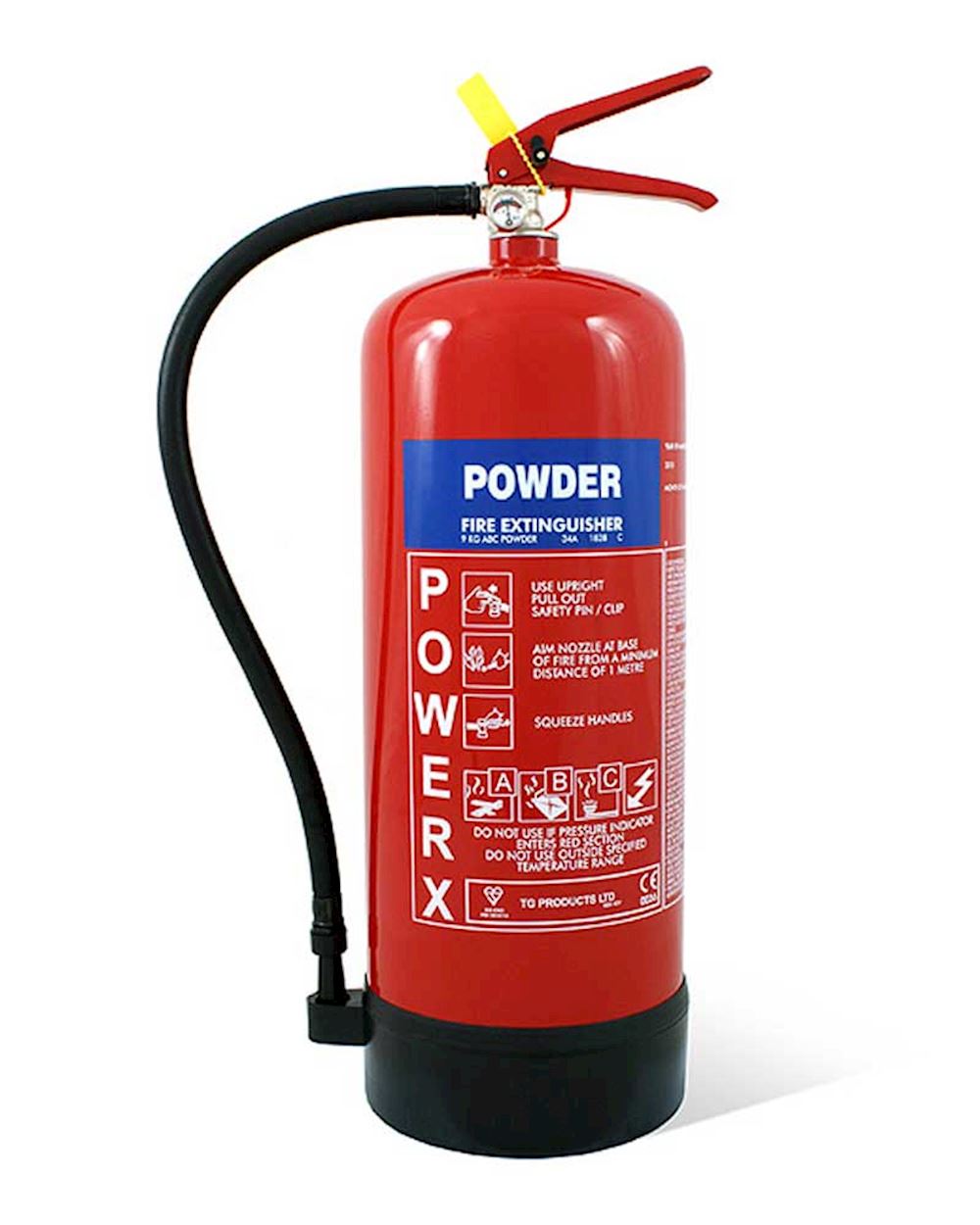Last Updated on October 21, 2022 by
Regular Fire Extinguisher Testing can save lives. A fire can destroy a building, stock, and equipment, as well as injure or kill people. Organizations with a single location are especially vulnerable to fire, as the loss of their premises can render them impossible to continue trading. Regular inspections and testing can prevent devastation and reduce costs. Below are some benefits of Fire Extinguisher Test and Tag.
Hydrostatic test
A hydrostatic fire extinguisher test can help you determine whether or not your fire extinguishers are still effective. This test uses a pressure gauge to measure the pressure within the cylinder. It can detect problems with the cylinder, such as leaking hoses and valves. A properly functioning fire extinguisher can be recharged and recertified. Hydrostatic testing is not a replacement for a full-service fire safety inspection.
For extinguishers mounted on wall brackets or cabinets, a hydrostatic fire extinguisher test can help ensure that the cylinders are within the proper working range. The extinguisher’s mounting height must be at least four inches above floor level. Companies that do not have transport Canada certification are not obligated to perform hydrostatic testing. Moreover, if you are the owner of the extinguisher, it is better to go for a certified company.
Regular inspections
It is imperative to have your fire equipment regularly inspected for safety. Fire extinguisher testing is a monthly process that ensures that your equipment is still in good working order. Fire extinguisher testing is performed by an outside team, but organizations can hire their own team of safety officers to perform regular inspections. Regardless of who performs your inspection, it is vital to get it done regularly.
A regular inspection will not only keep your extinguisher in good working condition, it will help prevent failures and costly repairs. NFPA 10 includes three sections: maintenance, inspection, and testing. The inspection procedure involves stripping the extinguisher to the shell and hose, filling it with water at a certain pressure for a specified period of time, and drying it out. If you see signs of corrosion, leaks, or powder buildup, your extinguisher is deemed unsuitable for use.
Prevent devastation
Regardless of how many fire extinguishers you have in your home, they are only one layer of protection. That’s why it’s important to ensure your extinguishers are tested regularly. If you don’t test your extinguishers, you may be wasting valuable time in a real fire emergency. Fire safety experts have a special training to identify potential fire hazards. Untrained eyes may not notice these hazards, so it’s important to have them inspected by professionals.
Fires can be devastating, but proper fire extinguisher testing can prevent devastation. Hydrostatic testing is dangerous if not done correctly. Make sure your fire extinguisher testers are trained and certified. You also want them to use the proper equipment, which should be checked before each test. Different types of extinguishers should undergo hydrostatic testing every five to twelve years. NFPA 10 shows the appropriate intervals to have your fire extinguishers tested.
Reduce cost
Regular hydrostatic fire extinguisher testing is necessary for the safety of people and property. It requires highly trained and certified personnel and proper facilities. This test is done on extinguishers at certain intervals, based on their type. The intervals are either five or twelve years, as shown in Table 8.3.1 in NFPA 10. Testing is done using the hydrostatic method, which is dangerous if done incorrectly. If the cylinder leaks, it is condemned. It also requires a stamp with the tester’s name, date, and identification number.
Often, the fire protection industry is conservative, and putting human eyes on a device is the only way to be absolutely certain it will function in an emergency. However, this method is expensive and labor intensive, and it presents challenges that can make it impractical. While there is no substitute for human eyes, the expense can justify its use in some situations. The inconvenience and cost can justify the process if the extinguisher has been tested for a long time, such as when severe drought conditions are prevalent in an area.

